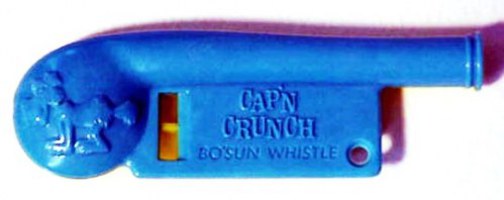
I’ve been working on a big new project since just before the new year and it’s starting to take shape and generate useful results. I can’t give away too many details on how exactly it works but I wanted to share this with some of you who are also working in telecom. I was asked to develop a real-time system to identify toll fraud that would work for our entire voip carrier network that currently originates calls from 19 different countries for both residential, SMB, and wireless. For those who don’t know.. I spent a year working for another telecom software company helping to run and debug a call mediation and rating platform for a tier2 carrier. This experience was useful in that I was able to quickly develop a scalable, distributed processing framework while avoiding the cumbersome overhead I’ve observed in other systems. Continue after the jump for more details…



